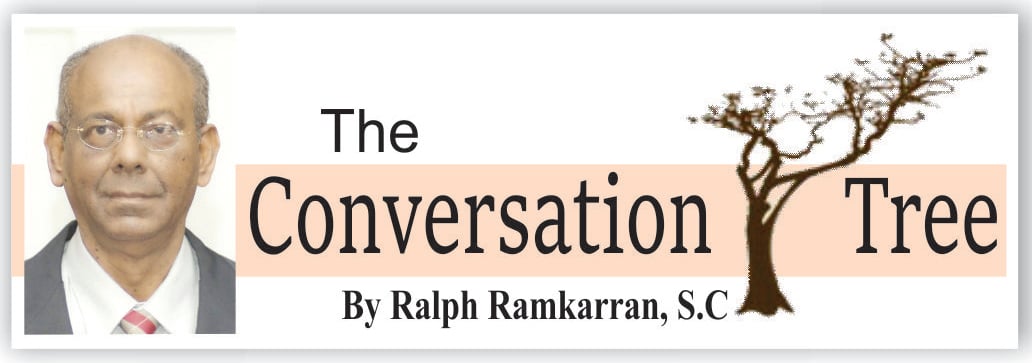First coined as an acronym for some emerging economies in 2001, BRIC countries formally emerged in 2009 at a diplomatic meeting in Russia involving Brazil, Russia, India and China. South Africa became a member in 2010 when the group’s name changed to BRICS. Its primary focus at that time was reforming the global financial system, stabilizing the global economic situation and finding ways to give developing countries, which included some members of BRICS, a stronger voice. While there is no doubt that the Western economic crash in 2008 must have given an impetus to the formation of BRICS, the assertion of the economic interests of the South by the formation of BRICS must be seen in the larger context of the economic dominance of the North over economic and political institutions and the growing multilateral sentiments in the world. The emerging economic clout of the BRICS countries, particularly China, India and Brazil, underlined the formation of BRICS and has ensured its survival. Before this summit last week in South Africa, it had already been established as a global force with an influential impact on world affairs. Countries subjected to restrictive trade practices and sanctions will now have an ally in efforts to challenge the dominance of the North.
The importance of BRICS and its potential future impact and influence are underlined by the fact that the member countries have a combined area of 15,000,000 square miles and an estimated total population of about 3.2 billion, or about 25 percent of the world’s land surface and 40 percent of the global population. Brazil, Russia, India and China are among the world’s largest countries by population, land area and Gross Domestic Product (GDP). Their combined GDP is US$55 trillion, which is 30 percent of global GDP. They are all members of the G20 grouping of countries. The potential impact of these countries is signaled by the attention of the world’s media to the summit in South Africa and the large number of countries that have applied to join the body. According to Reuters: “The BRICS block of developing nations agreed on Thursday to admit Saudi Arabia, Iran, Ethiopia, Egypt, Argentina and the United Arab Emirates in a move aimed at accelerating its push to reshuffle a world order it sees as outdated…The expansion adds economic heft to BRICS…It could also amplify its declared ambition to become a champion of the Global South.”
BRICS countries, including the newly admitted members, are widely divergent in policies, economies and foreign policy goals and alignments. It will therefore be a challenge to arrive at agreements that will influence developments. However, consensus has already been reached on important issues. United Nations Secretary General Antonio Gutteres attended the conference and supported the long-standing calls for reforms of the U.N. Security Council, International Monetary Fund and World Bank. He said: “Today’s global governance structures reflect yesterday’s world. For multilateral institutions to remain truly universal, they must reform today’s power and economic realities.” While it is not expected that there will be any changes to the institutions any time soon, the calls for reform have been growing in scope and intensity and, with BRICS adding its considerable voice, the time is not far away when those who have wielded power over the Global South for so long will be forced to sit up and take notice.
There has been much speculation in the West about the creation by BRICS of a new currency to challenge the US dollar. While this is fanciful at the present time, it reflects the growing dissatisfaction among countries of the South with the dominance of the US dollar as a reserve and trading currency. Speculation about de-dollarization has been ongoing among diverse countries but it has not materialized. As economic conditions in the South changes, propelled by developments in India, China, Brazil and elsewhere, these issues will increasingly engage BRICS and other countries. In the meantime, innovative trade schemes involving payments in national currencies are being examined as part of the effort to decrease the dominance of the US dollar. BRICS has already offered to the International Monetary Fund US$75 billion in additional lending power in exchange for voting reforms. The New Development Bank was established by the BRICS countries and is now headed by Dilma Roussef, the former President of Brazil. It is expected to lead the way in lending to countries of the South without the usual strings and conditionalities and introducing innovative practices.
As is to be expected with such a diverse grouping, different political trends are emerging and will continue to do so. Some members say that BRICS is not directed against anyone. Some would obviously like BRICS to take a stand against US political and economic dominance. Whispers have emerged about India’s dissatisfaction with China’ dominance of the conference just concluded in South Africa. Or maybe these whispers are being deliberately planted. But with such a large and diverse grouping it is expected that such differences will emerge. BRICS has managed to stay out of the controversies of the Ukraine War and to resist pressures to get embroiled in a European dispute which has nothing to do with them. Once this creative approach continues, BRICS has a great future.
(This column is reproduced with permission from Ralph Ramkarran’s blog, www.conversationstree.gy)






